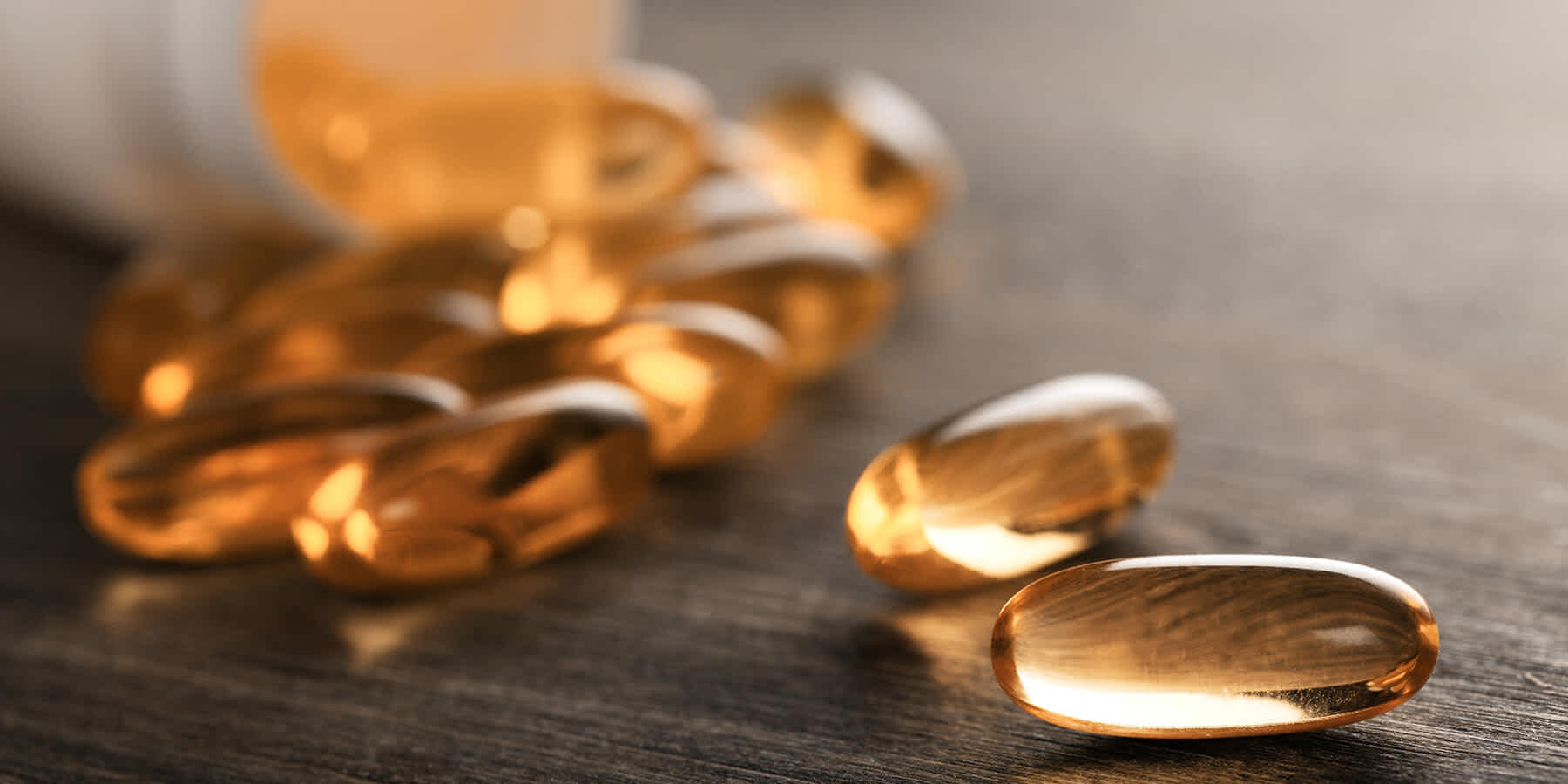
Can you take too much vitamin D?
Medically reviewed on August 1, 2022 by Karen Janson, M.D. To give you technically accurate, evidence-based information, content published on the Everlywell blog is reviewed by credentialed professionals with expertise in medical and bioscience fields.
Table of contents
- How much vitamin D is too much?
- What are the side effects of taking too much vitamin D?
- How does vitamin D toxicity occur?
- Learn more about your vitamin D levels with Everlywell
We all know that things like exercise, food, and sleep are good for us. However, too much of a good thing can lead to injuries, weight gain, and risk for certain diseases, respectively. In short, even things that are good for us can be harmful when we exceed our limits.
The same is true of vitamins. Our bodies need vitamins, like vitamin D, to provide essential nutrients that support our bodily functions. However, too many vitamins can lead to vitamin toxicity.
More specifically, vitamin D toxicity can lead to adverse effects, such as gastrointestinal discomfort, muscle weakness, hypervitaminosis d, and loss of appetite, among others. In this guide, we’ll explore vitamin D supplement dosage and what to look out for if you’ve taken one too many vitamin D dietary supplements.
How much vitamin D is too much?
Vitamin D is a fat soluble vitamin. This means it’s processed in the body in the same manner as dietary fat. Excess fat-soluble vitamins aren’t excreted. Instead, they’re stored in the liver and other fatty tissues.
How much vitamin D should I take? The general recommendations for vitamin D intake are measured in international units, or IU. Current advice suggests the following age-based dosages: [1]
- 400 IU for the first year of life
- 600 IU for individuals between 1 to 70 years of age
- 800 IU for those 71 and older
Certain health conditions might require higher vitamin D intake. Sun exposure can also impact the amount of vitamin D your body absorbs.
What is the maximum amount of vitamin D you can take?
It’s somewhat difficult to determine the exact amount of vitamin D you can take safely. This is because vitamin D requirements vary based on your age, skin tone, body size, and other factors. Furthermore, your body doesn’t always absorb or use all of the vitamin D you consume.
The National Institutes of Health recommend setting the upper limits on daily vitamin D intake as follows: [1]
- 1,000 IU from birth to 6 months
- 1,500 IU from 7 to 12 months
- 2,500 IU from 1 to 3 years
- 3,000 IU from 4 to 8 years
- 4,000 IU for 9 years through adulthood
Even those who are pregnant or breastfeeding should not exceed 4,000 IU unless directed by their doctor.
What are the side effects of taking too much vitamin D?
Can you take too much vitamin D? Does vitamin D cause constipation? Yes—and having a high vitamin D dose can have some harmful side effects. Some of the initial signs of vitamin D toxicity include: [2]
- Nausea and vomiting
- Muscle weakness
- Loss of appetite
- Dehydration and excessive thirst
- Kidney stones
- Frequent urination
- Neuropsychiatric disturbances
- Aches and discomfort
These symptoms are an indication that your body is getting too much vitamin D. However, they may also signal other health problems. As such, always speak with your healthcare provider before assuming these are caused by vitamin D side effects, or vitamin D toxicity.
How does vitamin D toxicity occur?
Vitamin D helps your body absorb and utilize calcium in your gastrointestinal tract. Vitamin D toxicity occurs when excessive calcium builds up in the blood, which is known as hypercalcemia. [3] If left untreated, those aforementioned unpleasant side effects can lead to more serious heart disease and other health issues, such as:
- Renal failure
- Calcification of coronary vessels and heart valves
- Heart arrhythmia
- Death
It’s important to note that vitamin D toxicity is generally not the result of dietary vitamin D consumption. Instead, dietary supplements containing excessive amounts of vitamin D are usually the cause of the problem.
If your vitamin D levels result in vitamin D toxicity, there are several steps to treatment. However, treatment can take as long as 18 months since vitamin D is released very slowly from storage in your body. [3] Typically, treatment steps may include:
- Discontinuation of vitamin D supplementation
- Restricting calcium in your diet
- Treatment to resolve dehydration and restore kidney function
- Other medications if needed
The type of treatment and length of time it takes to recover depends on the severity of the toxicity.
Learn more about your vitamin D levels with Everlywell
Although you’re far more likely to experience a low vitamin level or vitamin D deficiency than you are to have a surplus, it’s possible to have too much of a good thing. Very high vitamin D levels can cause some undesirable health problems and, if left untreated, can result in heart conditions, kidney failure, and death.
As such, keeping tabs on your vitamin D levels is important for your body’s health.
At Everlywell, our goal is to empower you to take control of your health. Our at-home Vitamin D Test can help you determine if your levels are where they should be. If your vitamin D levels are too high, you’ll know. If you don’t meet the requirement for good health, our Vitamin D Gummies can help you get there.
Shop our selection of health tests and supplements today.
Related content
Does vitamin D cause constipation?
How much vitamin D should I take?
References